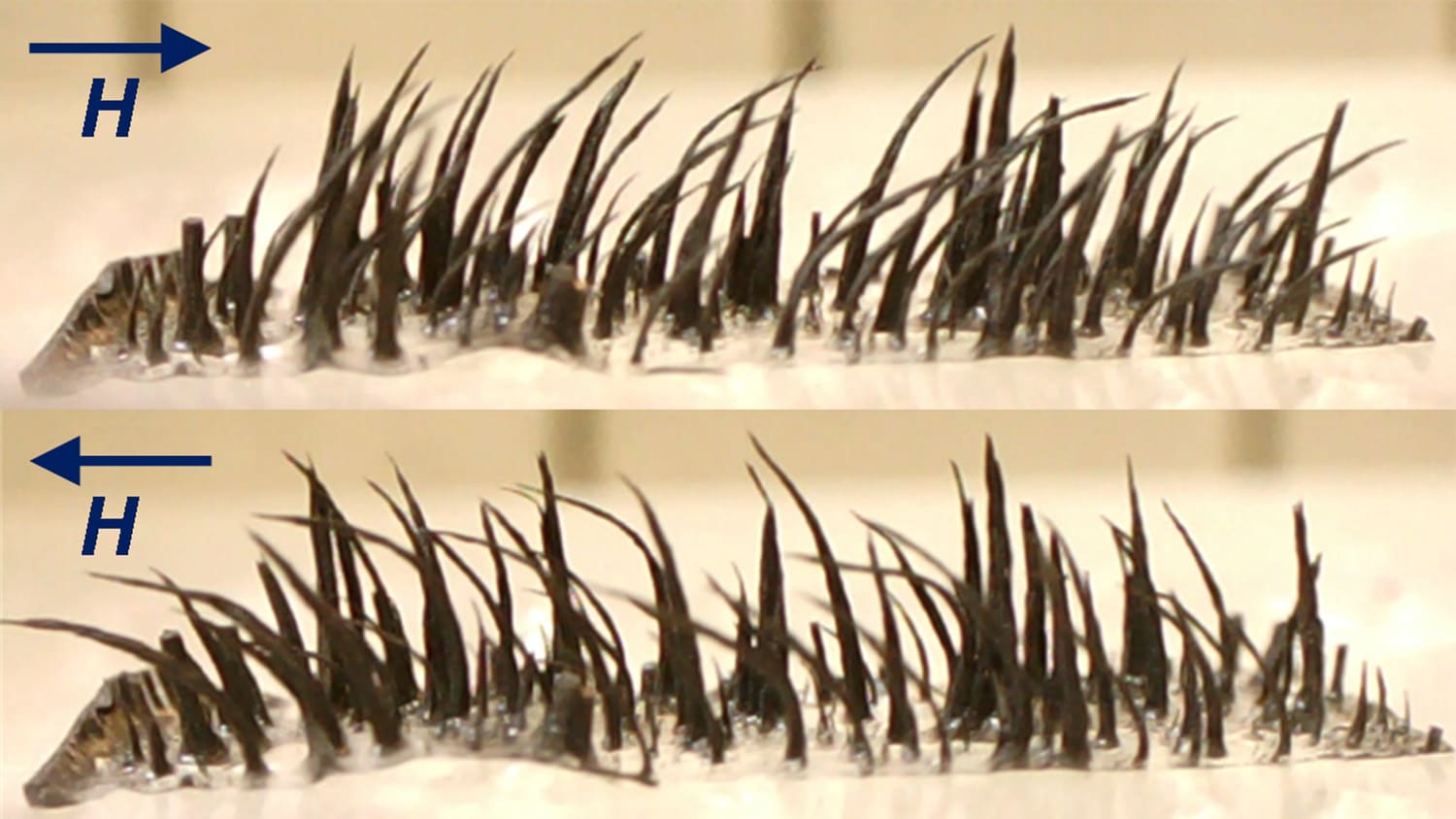Save Time And Lives: Take It To The Superstreets!

Everyone hates traffic. Everyone also hates car accidents. What if there was a traffic pattern that could cut travel times at busy intersections by 20 percent, and cut collision-related injures by over 60 percent? Good news – there is! The pattern is called, fittingly enough, a superstreet.
The superstreet concept has been around for 20 years, but no one had gotten around to doing a large-scale study of how these superstreets function in the real world until recently. A new study from NC State researchers is the largest-ever examination of superstreet impacts, and found that the traffic design makes a huge difference. For example, superstreet intersections have 63 percent fewer collisions that result in personal injury than comparable intersections using traditional traffic design. (Superstreets had 46 percent fewer collisions overall). Drivers also negotiated superstreet intersections 20 percent faster than traditional intersections. That’s pretty impressive.
Here’s how superstreets work: a superstreet is a surface street (not a highway) where the left-hand turns from side streets are re-routed, as is traffic from side streets that needs to cross the thoroughfare (see the diagram at the top of this post). In both instances, drivers are first required to make a right turn and then make a U-turn around a broad median. While this may seem time-consuming, the study shows that it actually results in a significant time savings since drivers are not stuck waiting to make left-hand turns or for traffic from cross-streets to go across the thoroughfare.
Most superstreets look like the one on the left in the above diagram, where drivers on the superstreet itself can turn left onto a side street. However, some don’t allow left-hand turns, like the one on the right in the above diagram. Either way, they’re faster and safer.
With benefits like those shown in this study, we can likely expect to see more traffic engineers adopting the superstreets model. Taking it to the superstreets (if you will).
- Categories:


